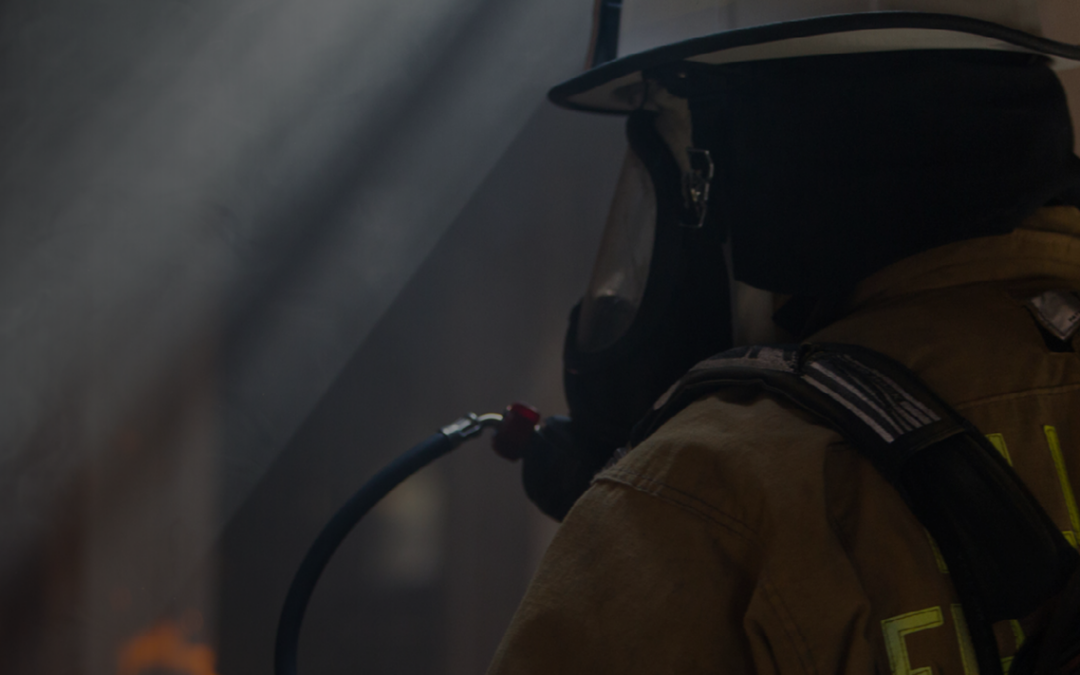Policy & Procedure Compliance Training
Category: Fire & Rescue
Gordon Graham here with Today’s Tip from Lexipol. Today’s Tip is for fire service personnel. And today, I am talking about an area of the job that many of you probably consider a little dry and maybe even boring: policy and procedure compliance. I assure you, if you’re doing it right, if you’re taking it seriously, it’s anything but dry and boring. Please let me explain.
You should be as excited about policies and procedures as you are when it’s your turn to train on a new piece of apparatus.
Prior to law school I did my graduate work at the University of Southern California’s Institute of Safety and System’s Management. And during this three-year program, I got hooked on the study of tragedy. I learned that too many tragedies were caused by not having appropriate policies and procedures in place. Or, having them in place and not taking them seriously. I am a big fan of policy and procedure.
Policies and procedures are in place to give us a proactive roadmap to survival and success. Policies and procedures are in place to help us produce the best results for our members. And they are in place to help us produce the best results for the public we are all sworn to protect and serve.
Think about this: Policy and procedure compliance training should be something every firefighter actually looks forward to. You should be as excited about policies and procedures as you are when it’s your turn to train on a new piece of apparatus. Look at me. I’m practically jumping out of my skin to talk with you about this! Why? Because there are very few items on the training schedule more basic or vital to your safety and success.
So why do so many firefighters dread policy and procedure compliance training? First, because in many departments policies are written in response to something that went wrong. Policies by crisis. For example, someone drives out of the station with a cabinet door open on the rig and take out the cabinet and half the bay pillar, along with the bay door tracks. Next week, out comes a policy says, “You know what, you shouldn’t do that.” But that approach isn’t very effective. And training on a policy that “has someone’s name on it” doesn’t feel like it applies to me.
Second, policy and procedure compliance training often involves reviewing huge parts of the policy manual and basically reciting it back via an acknowledgment or quiz. A policy manual is a daunting document to take in all at once, so I don’t recommend that either.
That’s where regular training on policies and procedures comes in. Break the training up into digestible bits and emphasize critical training points. One easy idea is to have the crew review a policy or procedure each shift at roll call. In volunteer departments, you can handle the same review before the regular training sessions or before meetings get underway.
Here’s another trick for all you officers watching this: When members ask a question, here’s a response: So what does our policy say about that? Ask them if they’ve looked at the policy. This approach reinforces reliance on the policies and procedures you need your folks to know and observe.
The more our members are exposed to department policies and procedures, the more likely they are to strongly comply with them. Policy and procedure are the backbone of a healthy, functional agency. And we must continue to recognize that.
And that’s Today’s Tip from Lexipol. Gordon Graham signing off.





